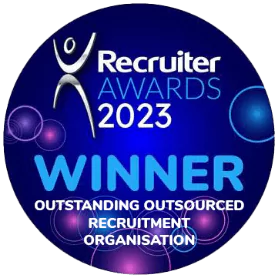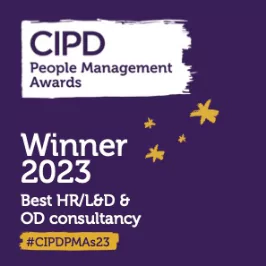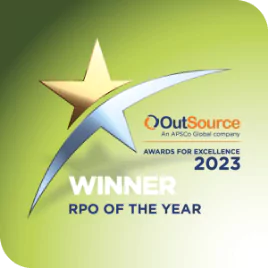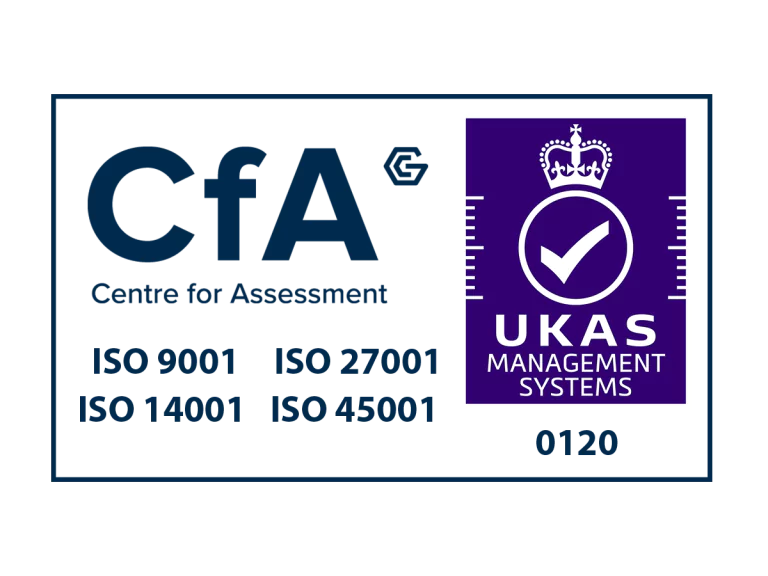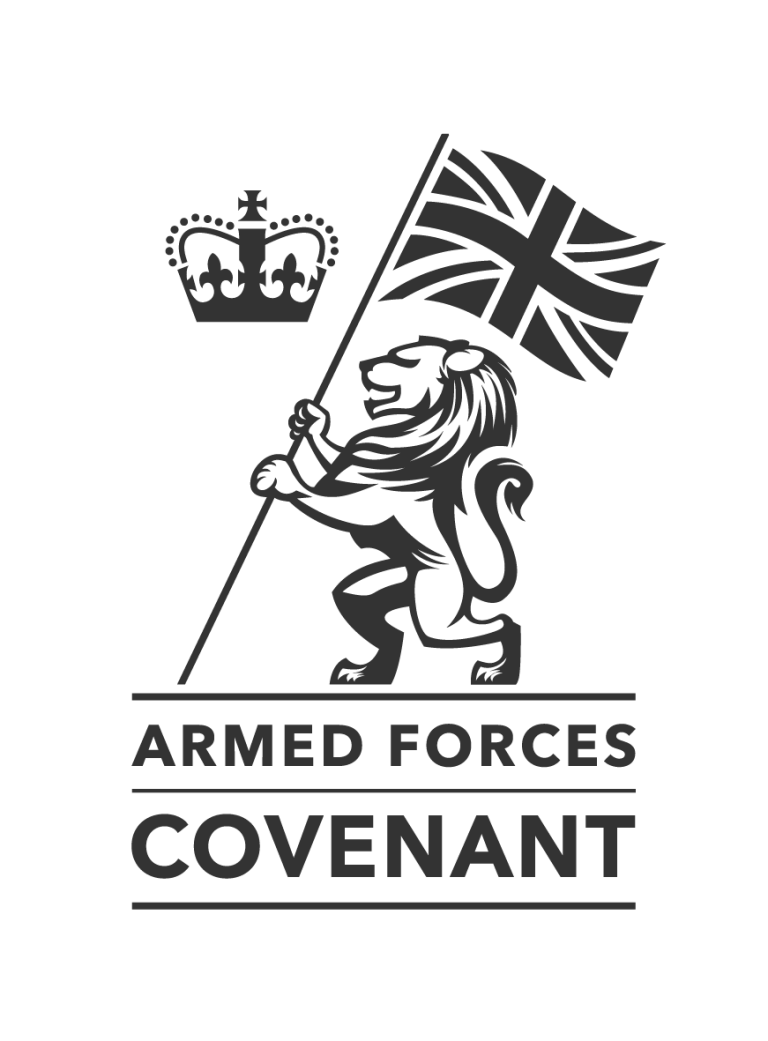Omni’s MSP solution is a service for a contingent workforce that manages agency supply and candidate engagement from one single source.
Who Should Own Contingent Workforce Management – HR or Procurement?




With the latest data from Statista showing an estimated 1.44 million temporary workers in the UK in May 2024, it’s evident that managing a contingent workforce requires thoughtful consideration and clear communication across any organisation. As more businesses adopt an agile workforce combining both permanent and temporary workers to respond to changing talent demands, having robust and efficient processes is more important than ever.
In this context, the question arises: who should own contingent workforce management? Should it align with traditional hiring and management in HR, or treated as a series of processes and contracts fitting within Procurement’s portfolio? Both HR and Procurement have distinct skills and expertise they could bring to the role, but each also has blind spots that may create risks.
Traditionally, HR leads on strategic workforce planning, including managing the skills agenda for the company. HR’s expertise in talent management, hiring processes, and employment law compliance makes them a logical choice for overseeing contingent workforce management.
Procurement’s primary function focuses on securing value through pricing, contractual terms and conditions, and supplier relationships. This focus on value makes them a strong candidate for managing contingent workforce agreements.

The best way to manage a contingent workforce is through collaboration between HR and Procurement. Both departments have clear strengths, but they also have blind spots that complement each other.
The best way to manage a contingent workforce is through collaboration between HR and Procurement. Both departments have clear strengths, but they also have blind spots that complement each other.
By working together, HR and Procurement can eliminate rogue costs, establish standardised pay, and bring in high-quality individuals who deliver value to the business. A truly collaborative approach ensures that all aspects of managing a contingent workforce are covered, from the strategic management of talent to the efficient negotiation of supplier contracts. This synergy leads to a more agile, efficient, and productive workforce, ultimately benefiting the entire organisation.
Contact Omni today to discuss your contingent workforce requirements and how our MSP solution can help you.

